Tagged With Desert Animals
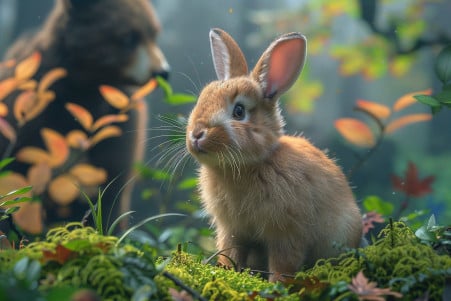
When Do Bears Eat Rabbits? Insights From Wildlife Experts
13 June 2024
Bears are omnivores and will consume rabbits if the opportunity presents itself, but rabbits make up a small portion of their diet that is mostly made up of plants.
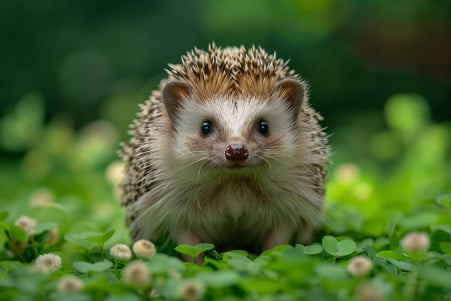
Why Are Hedgehogs Illegal Pets in California? The Controversy Explained
13 June 2024
Hedgehogs are banned as pets in California because of worries about disease and the environment, but there are a few exceptions.

Why Do Cats Hate Cold Water? An Evolutionary Perspective
1 June 2024
Cats hate water because of their natural instinct to avoid cold, wet environments, which can be traced back to their ancestors that lived in the desert.

Sulcata Tortoise Size: How Large Can These Giants Grow?
31 May 2024
Sulcata tortoises, which are the third largest tortoise species, can reach lengths of over 2.5 feet and weigh between 100 and 200 pounds when kept in captivity.
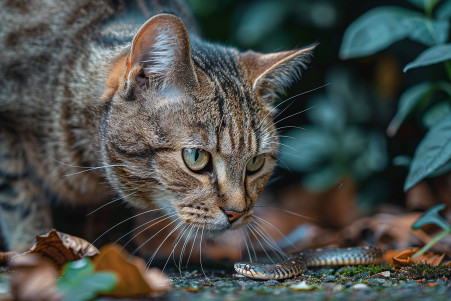
Do Cats Eat Snakes? Exploring the Predator-Prey Relationship
28 May 2024
While house cats are known to hunt and kill small snakes, they typically steer clear of larger, venomous snakes. Bigger wild cats eat snakes more frequently.

Why Do Hedgehogs Smell? Exploring Their Musky Aroma
27 May 2024
Causes of a hedgehog's natural musky smell, including health issues, cleanliness, what they eat, and other things in their environment that can affect how they smell.

Can Bearded Dragons Eat Mangos? A Look at Tropical Fruits in Their Diet
25 May 2024
Bearded dragons can have mangos as a treat every once in a while, but they need a well-rounded omnivorous diet.

The Complex Mating Behaviors of Tortoises: An In-Depth Look
16 May 2024
Behavior during mating rituals, mating, how eggs are hatched, and the difficulties of protecting various tortoise types.

Are Foxes More Like Cats or Dogs? An Investigation of Their Biology
16 May 2024
Foxes have different biological, behavioral, and conservation requirements than both cats and dogs due to their status as specialized omnivores and members of the Canidae family.

What Do Wild Cats Eat? Exploring the Diverse Prey of Feline Predators
5 May 2024
Wild cats are obligate carnivores and eat a diverse array of prey, from small mammals and birds to reptiles and larger ungulates.
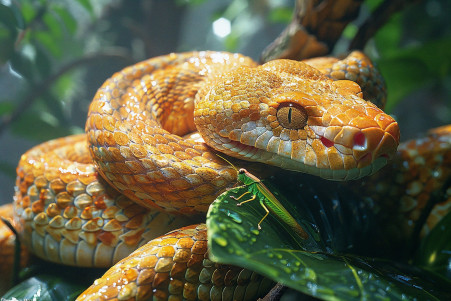
What Do Snakes Eat? A Look at Snakes That Eat Grasshoppers
3 May 2024
Snakes primarily consume grasshoppers and other bugs, and they have special ways of finding and catching these fast-moving animals.
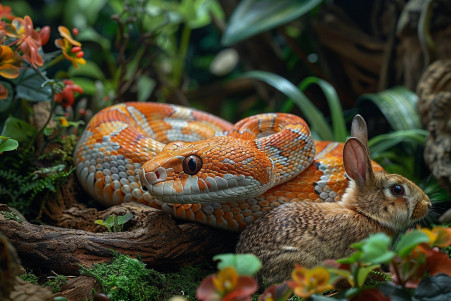
What Do Snakes Eat? An In-Depth Look at Predator-Prey Relationships
27 April 2024
For example, rat snakes and pythons are both snakes that have been observed hunting rabbits, and this is largely due to their physical characteristics that make them better suited to hunting and eating larger animals.